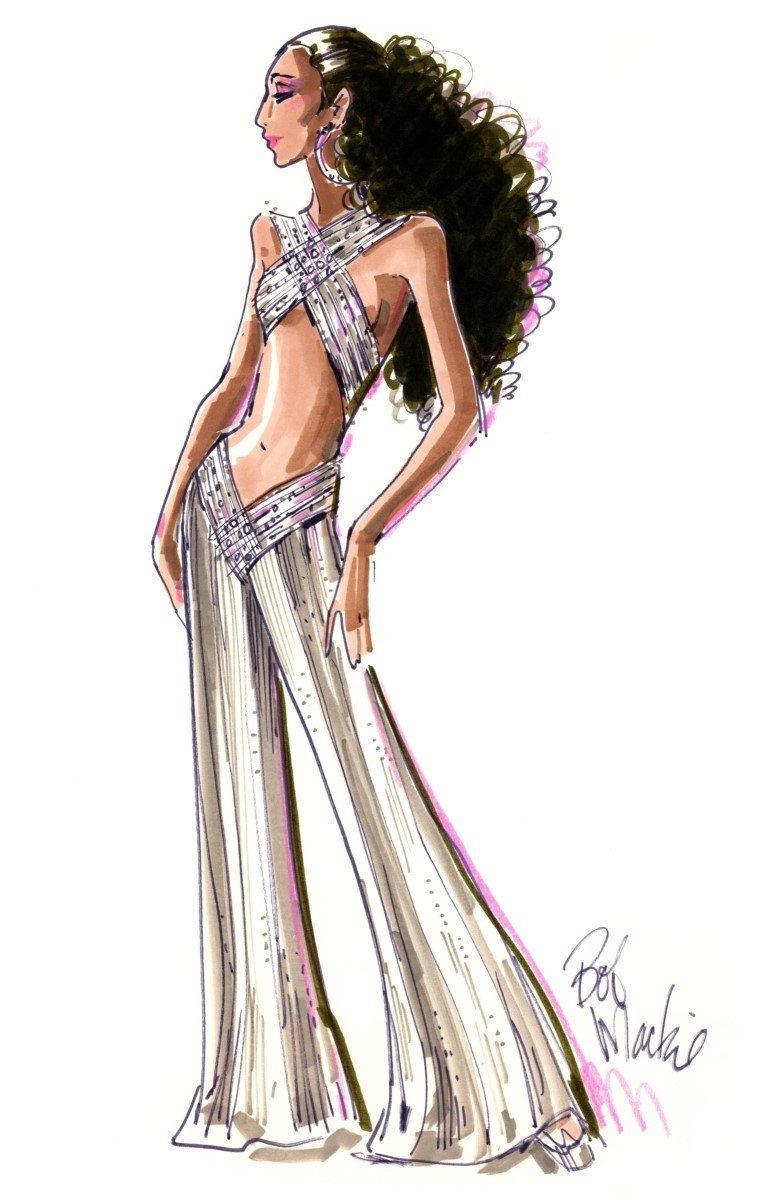
There is plenty of glitter, glamour and outrageous style in Auckland Museum’s ‘‘Diva’’ exhibition but it is the underlying story that really resonates, finds Rebecca Fox.
Getting up close to outfits most only see on the big or small screens at the ‘‘Diva’’ exhibition, there are two things that hit you. One is the extraordinary lengths artists will go to make a statement at the cost of their own personal comfort, and the other is how small they are.

They are among 280 objects, including show-stopping costumes, fashion, photography and music, that form ‘‘Diva’’, an exhibition by the Victoria and Albert Museum in London that has travelled to Auckland Museum.
Each garment arrived already on its mannequin in crates.


The exhibition is split into two acts: the first traces the origin and legacy of the diva across opera, stage and screen; the second explores the construction of the modern diva through fashion, voice, image and political power.
‘‘Diva’’ curator Kate Bailey says ’’Diva’’ explores the performer, not just as an artist, but as a trailblazer and how they have leveraged their fame to advocate for change from civil rights to gender equality.
‘‘At the heart of this exhibition is a story of iconic performers who, with creativity, courage and ambition, have challenged the status quo and used their voice and their art to redefine and reclaim the diva.’’

A highlight is the inclusion for Auckland of Dame Kiri Te Kanawa’s millennium coat, worn at the New Year’s Day 2000 performance that was broadcast to 1 billion people around the world.
Auckland Museum curator of social history Jane Groufsky says it was selected from Dame Kiri’s collection at Te Papa because it is one of the most conspicuously Aotearoa garments of the opera singer’s due to its reference to the kākahu (adorned Māori cloak).
‘‘She also fulfills a lot of the other things that we see with the other divas. She really fought for what she did, she worked hard, but then now in her more retired career, she has the foundation where she’s supporting other young singers to come up and come through and follow that same path - which is kind of something she has in common with a lot of the divas in the exhibition, is that they’re all using their voice to kind-of effect change in some positive way or bring up others and to follow in their footsteps.’’

‘‘It’s hard to remind yourself how groundbreaking that style, that lack of form-fitting, was in the early 20th century. I think its still not known today how he did those pleats. So it’s really special to see it in the museum.’’
Another standout for her is the only known surviving dress worn by American actress Clara Bow (1905-65), who rose to fame during the silent film era of the 1920s, that is rarely seen outside of the United States.
‘‘I went through a big silent film phase in my teens. She was the original ‘‘it’’ girl. It’s amazing it survived.’’
Accompanying all of these items is a soundtrack to match, played through headphones which cleverly pick up where you are looking and play the corresponding track, adding to the immersive feel of the exhibition.
To see:
DIVA, Tmaki Paenga Hira Auckland War Memorial Museum, until October 19.












